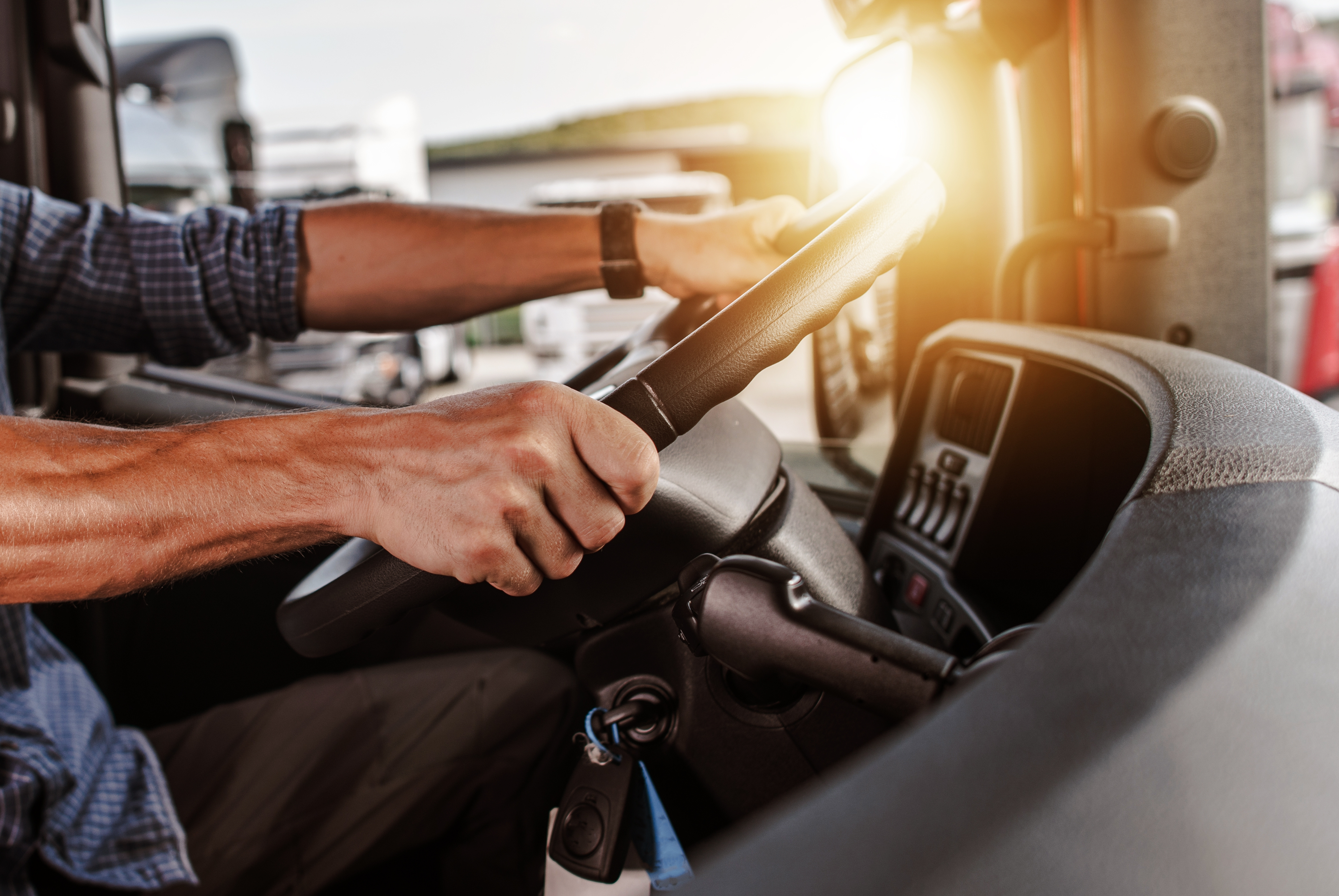
Miranda Blake
Conta Dart Charge - simplifique os seus pagamentos
Criado: 08/11/2024
•
Atualizado: 06/01/2026
Compreender os meandros do sistema Dart Charge é essencial para garantir uma experiência perfeita e económica ao utilizar o Dartford Crossing. Familiarizar-se com as opções de pagamento, a gestão da conta e as potenciais armadilhas pode evitar multas e dores de cabeça desnecessárias.
Compreender o sistema de carregamento de dardos
O Dartford Crossing, um aspeto vital para o tráfego comercial, é gerido por um sofisticado sistema de pagamento eletrónico conhecido como Dart Charge. Este sistema inovador foi introduzido para aumentar a eficiência da cobrança de portagens, eliminando a necessidade de cabines de portagem tradicionais e permitindo que os condutores efectuem o pré-pagamento ou o pagamento em linha até ao final do dia.
Carga de dardos explicada
Quer saber o que é exatamente o Dart Charge? Refere-se ao método de pagamento utilizado no Dartford Crossing. O sistema foi implementado para melhorar o fluxo de tráfego e proporcionar uma experiência de pagamento mais conveniente para os utilizadores.
Atravessar o Dartford Crossing: opções de pagamento
Os condutores têm três opções principais quando se trata de pagar a taxa Dart:
- Conta de pré-pagamento: Os clientes podem criar uma conta de pré-pagamento, que oferece uma faturação automática e uma taxa de travessia reduzida. Esta abordagem sem complicações garante que os pagamentos são efectuados sem problemas, sendo a conta debitada automaticamente por cada travessia.
- Pagamentos únicos: Para quem não tem uma conta de pré-pagamento, existe a opção de pagar online, por telefone ou nos pontos de venda Payzone. Os pagamentos podem ser efectuados antecipadamente ou até à meia-noite do dia seguinte.
- Travessias gratuitas: A travessia de Dartford é gratuita entre as 22:00 e as 6:00, proporcionando uma opção económica para viagens nocturnas.
Taxas de Dart Charge: compreender os custos
Tem curiosidade em saber quais são as taxas do Dart Charge? Estas variam consoante a classe do veículo e o facto de o cliente ter uma conta de pré-pagamento ou efetuar um pagamento único. Eis a lista das taxas actuais:

Também pode [ler mais dicas sobre pagamento e outros aspectos para novos condutores aqui] (https://snapacc.com/newsroom/trucking-101-five-top-tips-for-new-drivers/).
Gerir a sua conta Dart Charge
A manutenção da sua conta Dart Charge é crucial para evitar coimas e simplificar as suas travessias. Vamos explorar os principais aspectos da gestão da conta.
Configurar uma conta Dart Charge
O estabelecimento de uma conta Dart Charge é um processo simples. Os clientes podem visitar o [sítio Web oficial do Dart Charge] (https://www.gov.uk/pay-dartford-crossing-charge), clicar em "Start now" (Iniciar agora) e selecionar a opção "Sign in or set up a Dart Charge account" (Iniciar sessão ou criar uma conta Dart Charge). Em alternativa, podem abrir uma conta de pré-pagamento descarregando e enviando um formulário de candidatura.
Iniciar sessão e repor as palavras-passe
O acesso à sua conta Dart Charge requer o endereço de correio eletrónico registado na conta. Se se esqueceu da sua palavra-passe, a ligação na página de início de sessão irá guiá-lo através do processo de criação de uma nova palavra-passe.
Atualização de dados pessoais e informações sobre o veículo
Para alterar o nome, a morada ou os números de registo do veículo associados à sua conta, inicie sessão na sua conta Dart Charge, navegue até às secções "Gestão da conta" e "Perfil" ou "Gestão do veículo" e efectue as actualizações necessárias.
Ver histórico de travessias e extractos
Os clientes podem rever o seu histórico de travessias e extractos de conta iniciando sessão na sua conta Dart Charge. Esta funcionalidade permite-lhe acompanhar a sua utilização e garantir que todos os pagamentos foram devidamente registados.
Contas inactivas e suspensas
Se a sua conta Dart Charge ficar inativa devido à falta de registo do veículo, de um método de pagamento válido ou de travessias recentes, pode reactivá-la resolvendo o problema subjacente. Da mesma forma, uma conta suspensa pode ser anulada através do aumento do saldo ou do pagamento de quaisquer travessias pendentes.
Encerrar a sua conta Dart Charge
Quando chegar a altura de encerrar a sua conta Dart Charge, pode fazê-lo iniciando sessão, navegando até à secção "Gestão de conta" e selecionando a opção "Encerrar conta". Qualquer saldo restante será reembolsado utilizando o mesmo método de pagamento.

Pagamentos de Dartford Crossing com SNAP
A conta SNAP oferece uma solução cómoda, com várias vantagens para os condutores e [operadores de frotas] (https://snapacc.com/fleet-operators/).
Processo de pagamento sem falhas
O sistema trata automaticamente do pagamento de cada travessia, eliminando a necessidade de se lembrar de pagar ou de lidar diretamente com a Dart Charge.
Garantia de pagamento atempado
Nunca receberá uma cobrança por atraso de pagamento. Isto ajuda a evitar potenciais coimas ou penalizações associadas a pagamentos em falta ou atrasados, proporcionando paz de espírito.
Faturação consolidada
Simplificamos a sua gestão financeira ao incluir as transacções de Dartford Crossing na mesma fatura que as suas outras actividades da conta SNAP. Esta consolidação facilita o controlo e a gestão das suas despesas.
Poupança de tempo
Ao automatizar o processo de pagamento, poupamos tempo valioso aos condutores. Não é necessário parar e efetuar pagamentos individuais ou lembrar-se de pagar até à meia-noite do dia seguinte, como é necessário quando se paga diretamente através do sistema Dart Charge do governo.
Integração com outros serviços
O nosso serviço Dartford Crossing faz parte de um ecossistema mais vasto de serviços de transporte rodoviário. Esta integração permite aos utilizadores gerir vários aspectos da sua viagem, incluindo estacionamento, lavagem e abastecimento de combustível, através de uma única plataforma.
Controlo de custos para operadores de frotas
Para as empresas que gerem vários veículos, fornecemos uma forma eficiente de controlar e monitorizar as despesas do Dartford Crossing. O sistema consolidado de faturação e pagamento automatizado ajuda a simplificar os processos contabilísticos e a reduzir a carga administrativa associada à gestão de passagens individuais. Ao utilizar a conta SNAP para os pagamentos do Dartford Crossing, os condutores e os operadores de frotas podem desfrutar de uma experiência mais eficiente, fiável e sem stress quando utilizam esta ligação de transportes crucial.
Quer saber mais sobre como poupar dinheiro na estrada? Consulte o nosso artigo sobre [dicas de poupança de combustível] (https://snapacc.com/newsroom/fuel-saving-tips-for-truck-drivers/), bem como o nosso [guia do camionista para a elaboração de orçamentos] (https://snapacc.com/newsroom/a-truck-drivers-guide-to-budgeting/).



